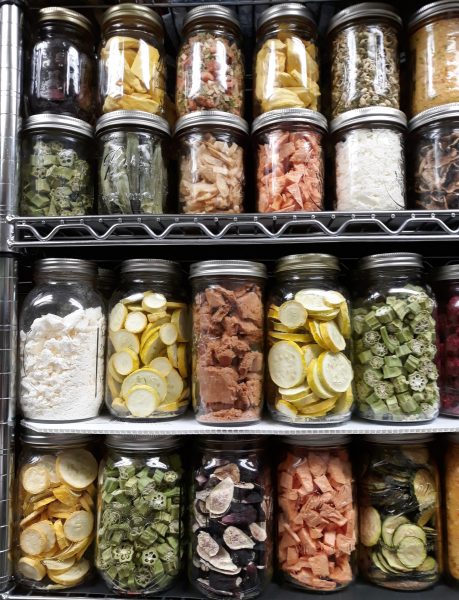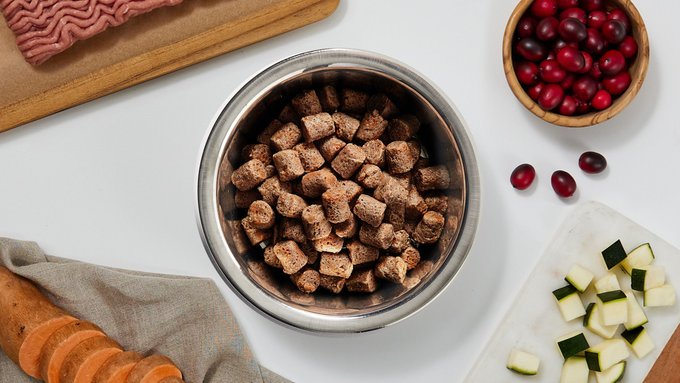Walk down the snack aisle of a modern grocery store and you’ll spot something interesting—crunchy slices of mango, crispy strawberries, even entire ready-to-eat meals, all labeled as “freeze-dried.” But these aren’t your typical dried fruits or instant soups. They’re products of a high-tech preservation method called lyophilization, and they’re quickly reshaping how we think about food.

Lyophilization, or freeze-drying, might sound complicated, but the idea is pretty straightforward. The food is first frozen solid, then placed in a vacuum where the ice turns straight into vapor without becoming liquid—a process called sublimation. What’s left behind is the original structure of the food, minus the water.
Why is this such a game-changer? For starters, flavor and nutrition are much better preserved compared to traditional drying methods. Heat-based drying can alter taste, texture, and vitamin content, but freeze-drying leaves much of that intact. That’s why freeze-dried fruits often taste incredibly fresh, almost like they were just picked. It’s also why freeze-dried vegetables and meats are used in gourmet backpacking meals—they’re lightweight, shelf-stable, but still delicious.
Another big plus is convenience. Freeze-dried foods rehydrate very quickly, which is useful for everything from space missions to camping trips to hospital nutrition programs. A bowl of freeze-dried soup just needs a bit of hot water to come back to life. And in emergencies, when access to fresh ingredients might be limited, freeze-dried products can be a reliable and nutritious option.
There’s also growing interest in freeze-drying for reducing food waste. Since freeze-dried products can last for years without refrigeration, surplus produce from farms and markets can be preserved instead of thrown out. That not only supports sustainability—it opens up new markets for farmers and food producers.

Of course, lyophilization requires specialized equipment, and the process can be more expensive than other preservation methods. But as demand grows and technology improves, the costs are gradually coming down. What was once a technique reserved for space food and military rations is now being used for snacks, baby food, smoothies, and even fine dining.
So the next time you bite into a crunchy piece of freeze-dried apple or stir up an instant miso soup, know that you’re tasting more than convenience—you’re enjoying the benefits of a science-backed preservation method that’s helping to make food tastier, safer, and more accessible around the world.
